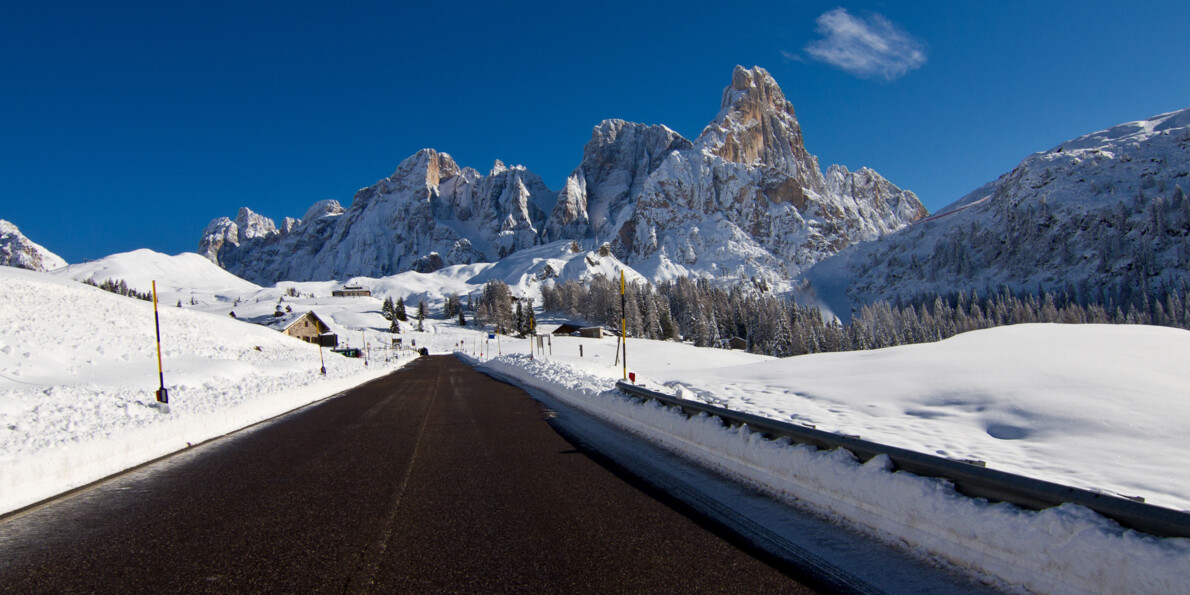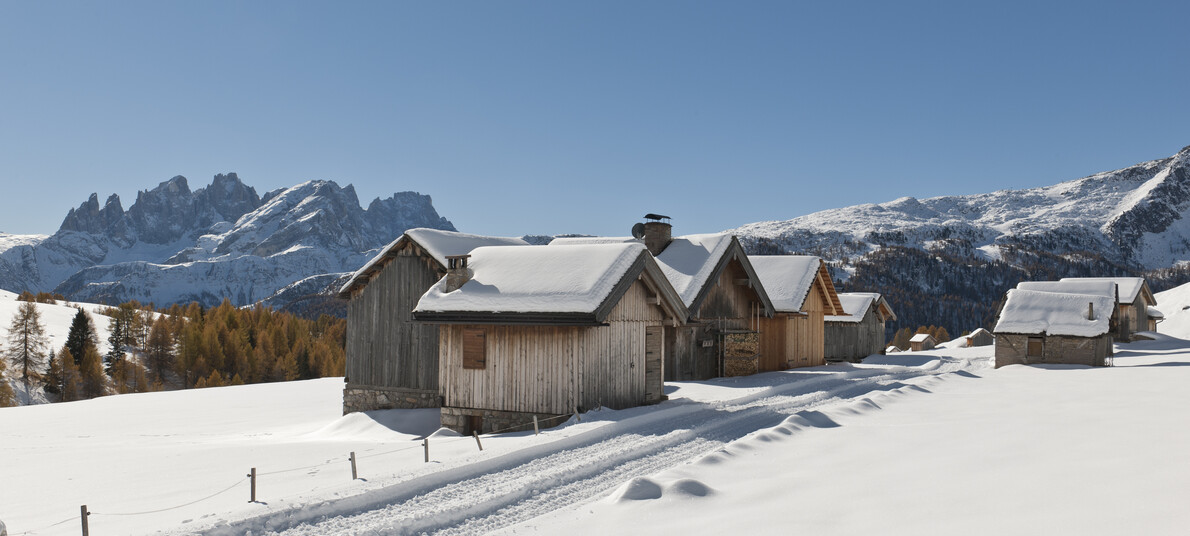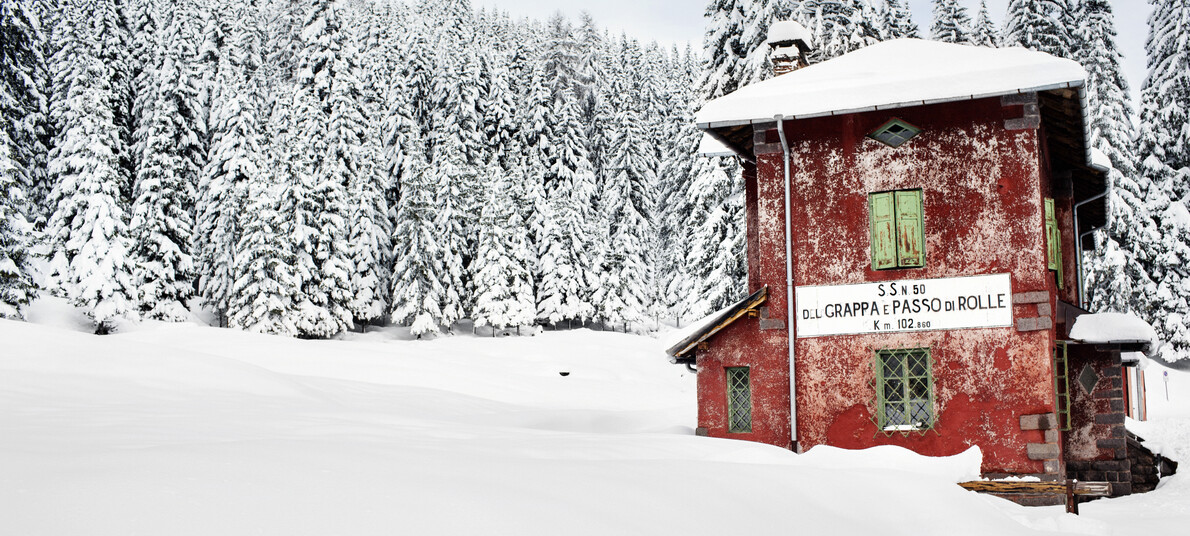Driving on the snow: the full guide
How to move around and be safe on the mountains
You are thinking of going on a holiday on the snow but you worry about the roads conditions and how you will be able to drive around. You don’t need to be a rally driver to be able to handle your car on the snow. Clearly you need to take precautions, be more alert and, of course, have some good common sense. Here are 5 useful guidelines to get around on the mountains in safety and with peace of mind.
1. Snow tires or chains?
Firstly, in winter it is essential to mount snow tires in every weather condition. In many Italian regions, it is mandatory to fit snow tires from mid-November to mid-April, and in Trentino there’s no exception. Alternatively, the regulations allow you to carry snow chains to use when necessary. Although, snow chains can only be used on heavily snowed on terrain while summer tires have very little grip on snow and ice. Even all-seasons tires, permitted by law, don’t perform as well as winter tires.
2. Clear roads
You will find that driving in Trentino, even in the event of snow fall, is almost all the time an easily doable task as the roads are very well maintained. The snow clearing trucks, publicly and privately owned, will start ploughing the snow as soon as the first snowflakes start to fall on the main roads and also at high altitude.
It is a well-organized and tested system, efficiently put into action by a prompt alert.
3. Going easy on manoeuvres.
However, if you are driving on snowy mountain roads, avoid making swift turns. In snowy and icy conditions the tires lose quickly their terrain grip and accelerating will cause the car to skid. For this reason, keep your hand firmly on the stirring wheel and use the acceleration pedal and the footbrake gently.
4. Speed and safety distance
In any case, the best safety measure, when dealing with snow and ice, is to keep the speed within the recommended limits: to avoid accidents the rule of thumb is to triple the normal safety distance.
5. To brake or not to brake?
To keep things steady on a snowy terrain we recommend using lower speed gears and shifting down gears to slow the car instead of pressing the footbrake. When going downhill put in a low gear, such as second, brake gently on a straight section, change to lower gear if necessary and take turns smoothly on a constant speed. In case of emergency it’s best to press the footbrake firmly to activate the ABS system.



